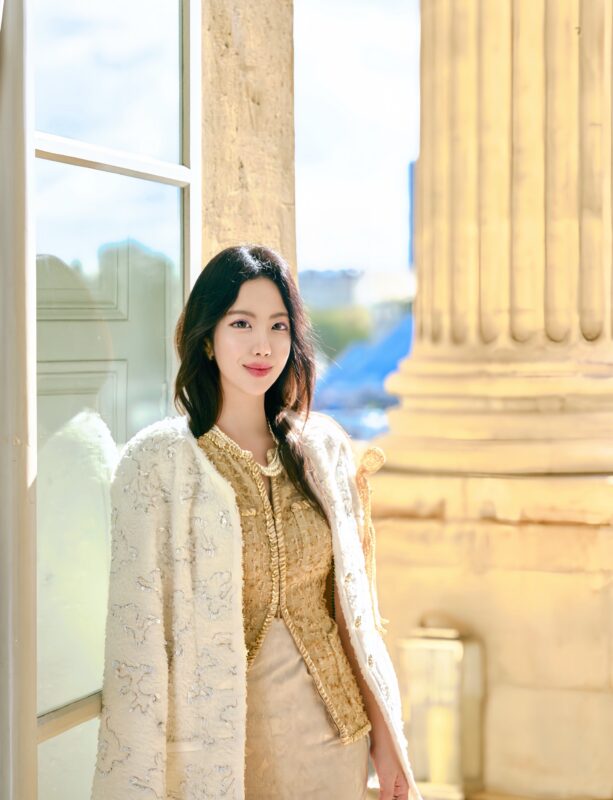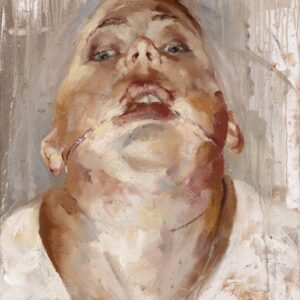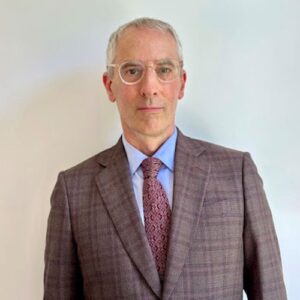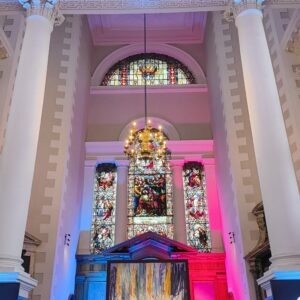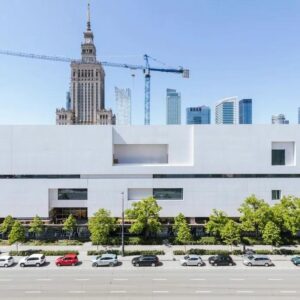
Zhiwu Zhu is a London-based digital curator and filmmaker whose innovative approach redefines the role of contemporary art. Combining his background in sociology, filmmaking, and curation, he creates immersive exhibitions that amplify underrepresented voices and explore societal themes. His work transforms unconventional spaces like boats and canals into reflective platforms, bridging cultures and connecting audiences with lived experiences.
His curatorial projects began in the UK, exploring migration, identity, and humanity’s relationship with shifting environments. As a key figure at Canal Dream CIC, he has introduced new audiences to digital art, leveraging waterways and public spaces to foster cross-cultural dialogues. His exhibitions have featured in major events such as the London Design Festival and the Aranya Theatre Festival, creating impactful connections across artistic communities.
In ‘Migratory Birds 300’, part of the Water-based UK-China Artist Exchange Programme, he transformed a boat into a symbolic gallery space that floated between cultures and stories. Held in June 2023, the exhibition featured 36 artists whose works drew from personal and collective migration experiences. The confined yet fluid space mirrored the emotional weight of displacement, offering a unique intimacy for viewers.
One visitor described the works as “profoundly resonant,” connecting individual stories of migration with a shared human experience. The theme of flight, explored through digital pieces, became a metaphor not only for freedom but for the complexities of identity shaped by constant movement.
For the 2023 London Design Festival, he turned London’s Regent’s Canal into a vibrant narrative space for ‘Understanding Canals: The Veins of the City’ exhibition. Instead of separating art from reality in a huge white empty gallery, the exhibition brought films and installations into direct conversation with their environment. Underneath the bridge, Songkai Zhou’s ‘Unnamed Road’ played out as a poetic meditation on humanity’s connection to the natural elements—earth, water, fire, and wind—while George Merabishvili’s ‘The Girl and The Great City’ offered a modern folktale critiquing urban expansion and resource depletion.
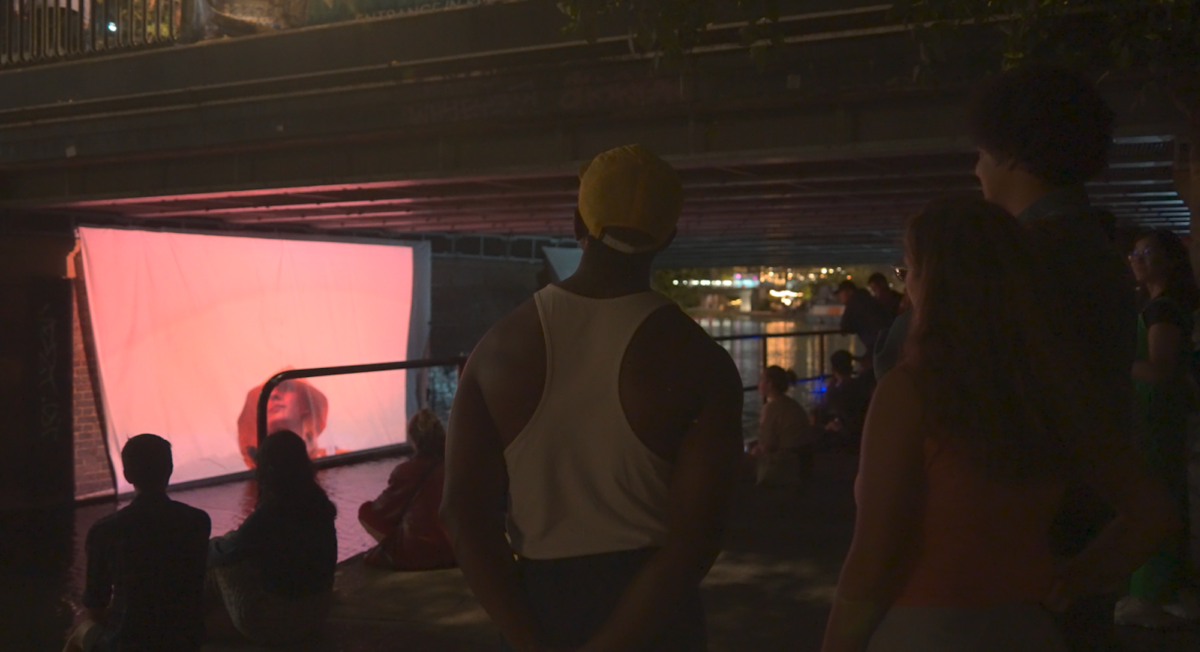
This choice of setting, with its echoes of water and industry, heightened the works’ impact, turning the audience’s everyday passage along the canal into a reflective experience. For some, the exhibition redefined what public art could achieve: ‘It’s art that lives within its surroundings,’ remarked one attendee.
Six months after, he returned with ‘Floating Nature Machine’, a project that reflected on the transient nature of society and the human experience. Set on a boat, the exhibition invited visitors to immerse themselves in an environment that was constantly shifting with the water—a physical and thematic representation of uncertainty and movement. As one of the featured artists, Julia Mervis’s film ‘The Misery Line’ stood out as a humorous yet poignant look at modern commuter culture. Her journey across the London Underground, punctuated by candid interviews, became a quiet exploration of alienation and connection in urban spaces. In contrast, Seongeun Lee’s Floatage created a dreamlike atmosphere, combining video and sculpture to depict a woman drifting through dense fog. Green glass sculptures scattered across the space added an eerie beauty, embodying themes of resilience and renewal.
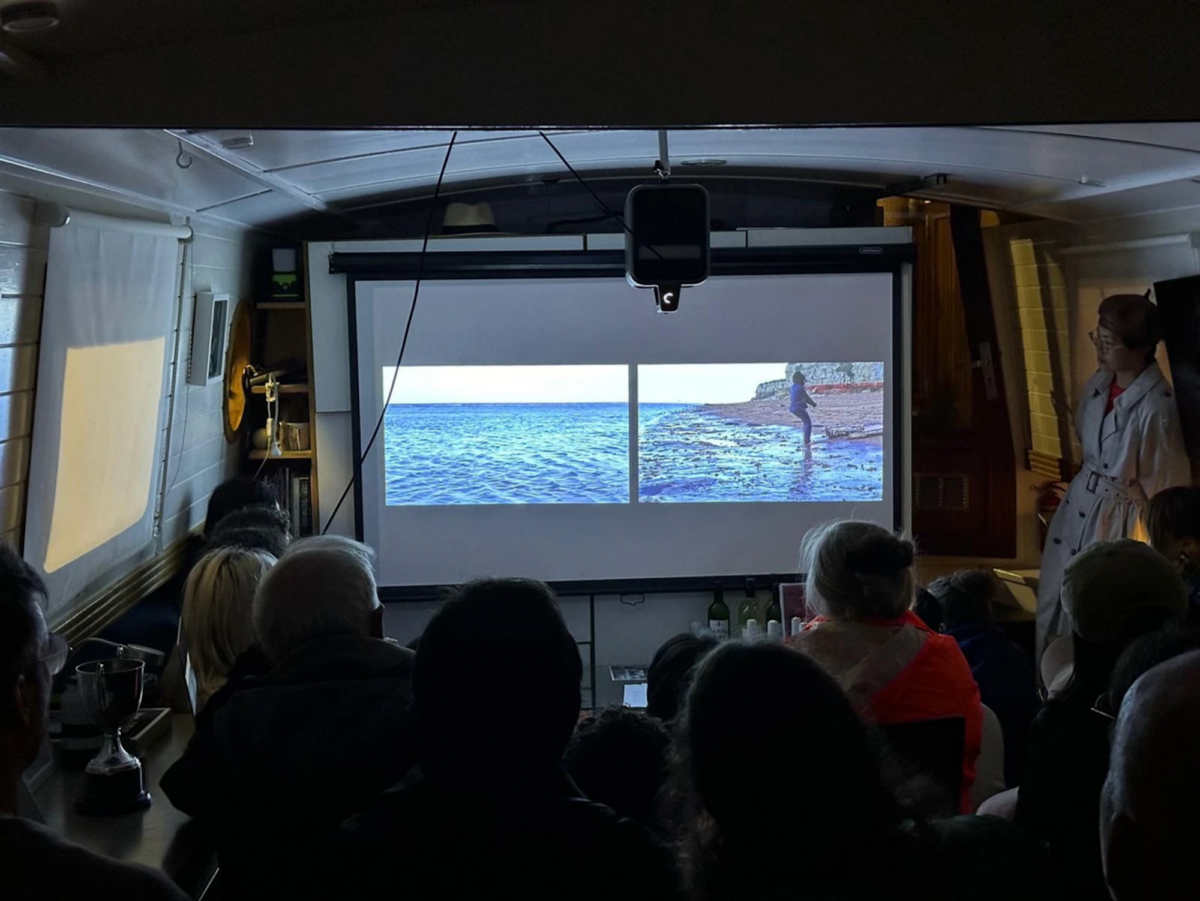
To deepen engagement, the exhibition also featured an artist panel discussion during the preview night, where participating artists shared insights into their processes and the inspirations behind their works. This interactive element reflected his curatorial philosophy of fostering dialogue and reflection, bridging the gap between the artists and the audience.
The boat itself added a unique dimension to the experience, as he noted: ‘A lot of the people who come to our exhibitions wouldn’t go to a white wall gallery, but they are interested in coming into the boat, so they end up seeing art that they never normally would.’ Visitors described the show as both intimate and thought-provoking, with artworks that lingered in their minds long after they left.
Zhiwu’s transition from documentary filmmaking to curatorial practice has shaped his distinctive approach to exhibitions. His focus on storytelling ensures each project carries a deeper narrative, while his innovative use of unconventional spaces—canals, boats, and public pathways—prioritizes accessibility and connection. For him, curating is not just about displaying art but about creating encounters that reflect the human condition. His work challenges the boundaries of art, technology, and space, positioning contemporary art as a living dialogue with society. His exhibitions invite audiences to engage with broader themes of identity, migration, and environmental change while fostering experimental and immersive storytelling.
Looking ahead, he plans to expand his practice across London and China, creating spaces that are inclusive and impactful. He believes art has the power to deconstruct the world we live in and reimagine it, and his goal is to ensure this reimagination includes everyone.
